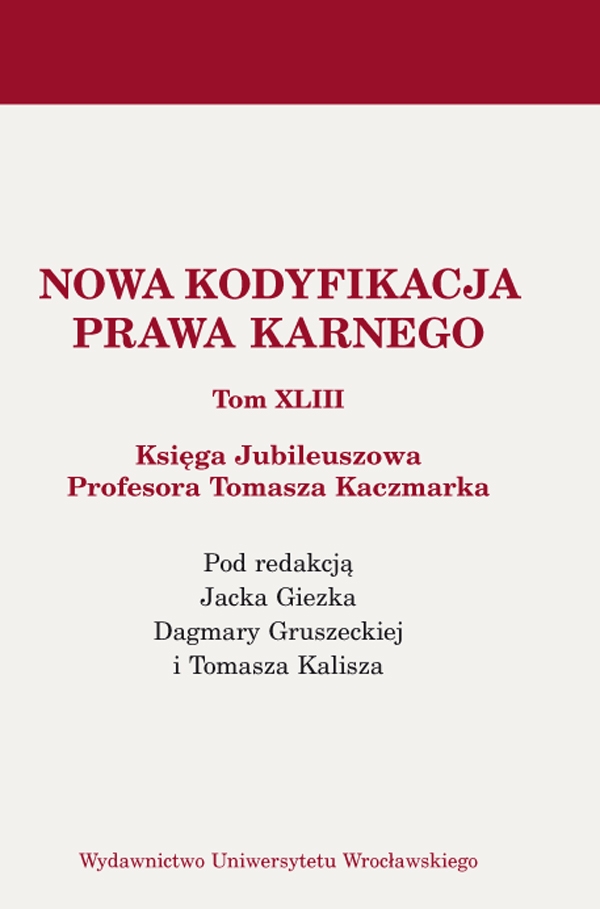

Articles

The Identity of an act as a basis for differentiation of mechanisms reducing criminal responsibility
Our starting point is the view, well grounded in the dogmatics of criminal law, that the separation of a criminal off ence as an entity judged from a legal standpoint is based upon both ontic and normative criteria. On the one hand, the basis for an act, anchored in reality, is the behaviour of a subject, on the other hand, what part of it we consider a single object of legal judgement is decided by the legislator. The situation becomes more complicated whenever the judgement of a particular part of a subject’s behaviour is determined by the realisation of the features of at least two prohibited acts. The criteria of unity of an act — apart from full or partial identity of time, in which at least two sets of features of prohibited acts are realised, are highly vague. One could probably refrain from searching for them, has it not been for the fact that the presence of a single act — or multiple acts — is the basis for the currently binding model of reduction mechanisms. If those mechanisms were to rationalise criminal liability, the basis of their use should consist of entirely normative criteria, based, for example, on those that we use for objective ascription of the result. A model of mechanisms of this kind could be determined by the quantity and quality of the violated rules of conduct, or, to use a diff erent phrase, the multiplicity of sources of risk generated by the subject. A positive consequence of such rearrangement could be the possibility of abandoning the concept of an act as an object of legal judgement, selected from the continuum of behaviour, with a precisely determined timeframe.